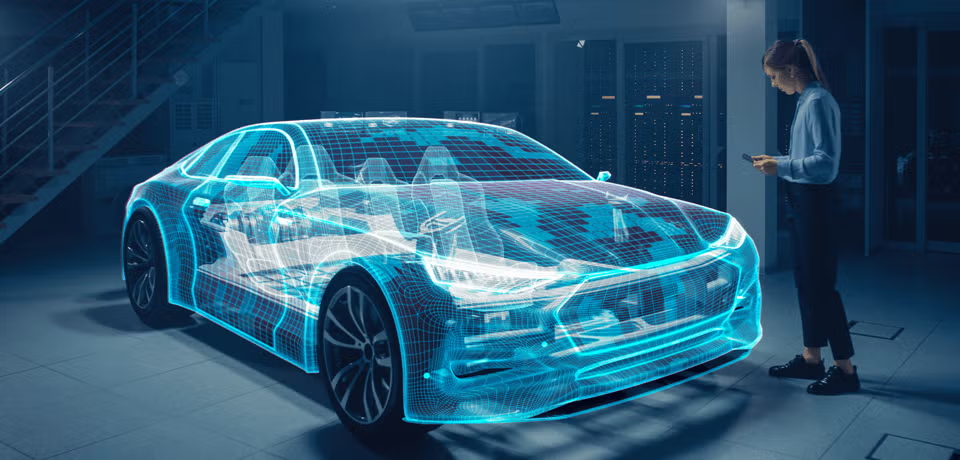As Congress and the Biden Administration consider their next steps for climate and energy policy, they can be proud of recent progress in helping Americans save energy. In November, significant portions of historic legislation – the Energy Savings and Industrial Competitiveness (ESIC) Act – were signed into law as part of the Infrastructure Investment and Jobs Act (IIJA).
Another Milestone for Shaheen-Portman
For more than a decade, Senators Jeanne Shaheen (D-NH) and Rob Portman (R-OH) have championed the ESIC Act, which advances energy savings in buildings, industry, and the federal government. A targeted version of their legislation – the Energy Efficiency Improvement Act – was enacted in 2015, and several ESIC provisions were enacted as part of the Energy Act of 2020. Last year, the duo’s efforts continued as they worked with Senator Manchin and bipartisan colleagues to ensure that energy efficiency had a prominent role in the IIJA.
The ESIC Act has been endorsed by a broad group of stakeholders. As Senator Portman remarked on the Senate floor last month, “Our legislation has gained the support of industry, such as the National Association of Manufacturers, American Chemistry Council, and U.S. Chamber of Commerce. It has the support of commercial and real estate developers like BOMA and the Real Estate Roundtable, as well as from efficiency advocates and the environmental community...”
As Senator Shaheen said in her floor remarks, energy efficiency offers substantial potential for consumer savings and lower carbon emissions. She cited an analysis by the American Council for an Energy-Efficient Economy (ACEEE) which found that when fully implemented, the ESIC Act would save consumers more than $51 billion on their energy bills and reduce carbon emissions by 1.3 billion metric tons through 2050. Another benefit? By stretching energy supplies and shrinking operating costs, energy efficiency helps U.S. manufacturers be more competitive in global markets.
As our economy recovers and grows, the investments in energy efficiency from our bipartisan infrastructure package are going to make sure we use energy smarter…
Next Steps for EE Advocacy
Congress’s work on the IIJA and other energy efficiency legislation helped get upwards of 70% of the multi-year ESIC Act enacted into law. But more work remains. This includes:
- Urging the administration to use portions of the more than $6B in energy efficiency-related funding in the IIJA to fund implementation for efficiency and resiliency through strong building energy codes, industrial energy efficiency, and smart manufacturing;
- Pushing for enactment of the Sensible Accounting to Value Energy (SAVE) Act, which would account for energy savings during mortgage loan underwriting through the Federal Housing Administration, Fannie Mae, Freddie Mac, and other federal mortgage programs;
- Encouraging the U.S. Department of Energy (DOE) to quickly implement new research, funding, and industry partnership programs targeting the development and deployment of innovative energy efficiency and carbon reduction technologies and infrastructure;
- Continuing to call on Congress to fulfill ACC’s climate policy recommendations, including those designed to strengthen energy efficiency and innovation;
Chemistry Drives Lower Carbon, Energy-Efficient Technologies
ACC members are investing in a host of exciting new and emerging technologies and processes to reduce energy use and greenhouse gas (GHG) emissions in our operations. Examples include carbon capture, utilization, and storage; lower-emission hydrogen, steam, and electricity; the use of biomaterials and circular feedstocks; and cracker electrification.
This work reflects our industry’s commitment to achieving measurable emissions reductions in the manufacture and distribution of our products. In fact, 95% of ACC’s 20 largest member companies have announced absolute GHG reduction or emissions intensity goals.
Through Responsible Care®, ACC members track and publicly report their GHG intensity, calculated by determining the pounds of CO2-equivalent emissions per pound of production. From 2017 to 2020, ACC’s reporting members have reduced their GHG intensity by approximately 10%.
Chemistry and plastics enable solutions that help others save energy, such as renewable energy sources, electric and fuel-efficient vehicles, and high-performance building materials. Chemistry products and technologies are used to create lithium-ion batteries that power our laptops and mobile phones, composite materials for more fuel-efficient transportation, and solar panels and wind turbines, among many other applications.

Plastics’ Role in Automotive Sustainability
Plastics are helping to drive a more sustainable future for the automotive industry.
- Auto and aerospace designers are turning to strong, durable plastics that weigh much less than traditional materials and help save energy.
- Modern plastics and composites already make up 50% of the volume of today’s automobiles.
- Nearly every energy-efficient technology is dependent on innovations in chemistry and plastics, including the next generation of electric cars.
Last June, DOE announced plans to allocate $200 million in funding to further the domestic electric vehicle (EV) supply chain over the next five years. ACC values our ongoing collaboration with DOE, which provided input into our Roadmap for Future Mobility and our Roadmap for Transitioning Toward a Circular Economy. Supporting the modernization and expansion of EV infrastructure will help build a more resilient and sustainable future for our country.



